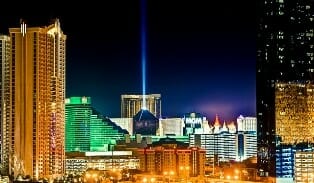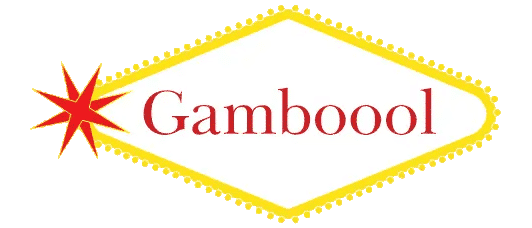Luxor Light – Can you see the Luxor Sky Beam from space? And What is the Electric Bill on that Thing?
By Steve Beauregard
In a city known for its lights, the enormous powerful bright light atop the Luxor Hotel and Casino shines above, and more powerfully, than all others. The iconic light is perhaps even more noteworthy than the resort’s unique architecture.
The Luxor’s light, (called the “sky beam”), is not just one giant bulb, but rather, 39 individual 7,000 watt bulbs situated on the ground in a room around fifty feet below the top point of this black pyramid on the Las Vegas Strip.
It’s the most powerful light in the world.

Each light reportedly costs in the $1,200 range and can last for 2,000 hours. It’s estimated the 39 individual lights combine to generate 40 billion candlepower.
John Lichtsteiner, an engineer at the Luxor, told the CBS affiliate in Las Vegas, KLAS, that it costs $51 an hour to run the lights, of which $20 an hour is for electricity. So the electric bill is a surprisingly reasonable $20 an hour to light up the Luxor Sky Beam. Compare that to reports in 1993, when the hotel first opened, pegging the Luxor sky beam’s electric bill at an estimated $1 million dollars per year.
Can you See the Luxor Light Beam From Space?
The oft-repeated legend that you can see the Luxor’s light beam from space is a myth, started from the Luxor’s hotel statement that astronaut Daniel Brandenstein, who flew on four different space shuttle missions, saw it from space.
In reality, experts and photographs taken from the International Space Station show that while Brandenstein and other astronauts can spot Las Vegas lights from space, the Luxor’s beam gets caught up in the bright fog of lights, and does not stand out as a separate, distinctive beam.
This also dispels the myth that you could read a newspaper from the Luxor light from 10 miles out in space. It is, however, visible from air hundreds of miles away. Pilots in Los Angeles, for example, have reported seeing the Luxor’s beam.
(Here’s a behind the scenes look at the Luxor’s light)
According to the lighting design team G-Force International Entertainment Corporation, who originally worked on the Luxor’s light, the beam is visible (on a clear night), from the ground in places as far away as Laughlin, Nevada, and Mesquite, Nevada.
The light, however, is also not as powerful as it once was.
Since 2008, only half of the lights are turned on each night, making the light half as bright as it was previously. This was, no doubt, due to the cheapskates at MGM Resorts World, who took ownership of the Luxor in 2006.
The Luxor’s sky beam opened with the resort, on October 15th, 1993.
The main bright beam on top is set to timers, designed to turn on the light around dusk, turning it off at dawn. Strobe lights are turned on before the main beam is lit so as to not startle any airline pilots at nearby McCarran International Airport across the street. The whole system is run by computers.
So no, there’s not one giant switch you could flip on or off, or cord to plug in, a’la Clark Griswold in “Christmas Vacation.” You would, however be immediately blinded if you were to be situated above the lights and look into them. (I know, “Thank you Captain Obvious.”)

Another interesting fact from reporter Sonya Padgett’s article in the Las Vegas Review Journal, is how much heat the lights generate. At five inches above the light, temperatures have been measured at 500 degrees.
She also reports that once the light was first turned on back in 1993, moths and other bugs were immediately drawn to it, which in turn, attracted bats who like to feast on the moths.
In addition the giant bream, the Luxor has distinctive light up and down the four corners of the pyramid.
(Related: Luxor parking fee)
In 1997, lighting was added along all four corners of the Luxor. This was done after a four year project designed to alleviate concerns that the resort didn’t stick out as an attraction compared to other brightly-lit resorts on the Las Vegas Strip, and that you couldn’t really see the Luxor at night, due to it being all black glass.
(Photos courtesy of brxO and Scott Swigart via Flickr.)
